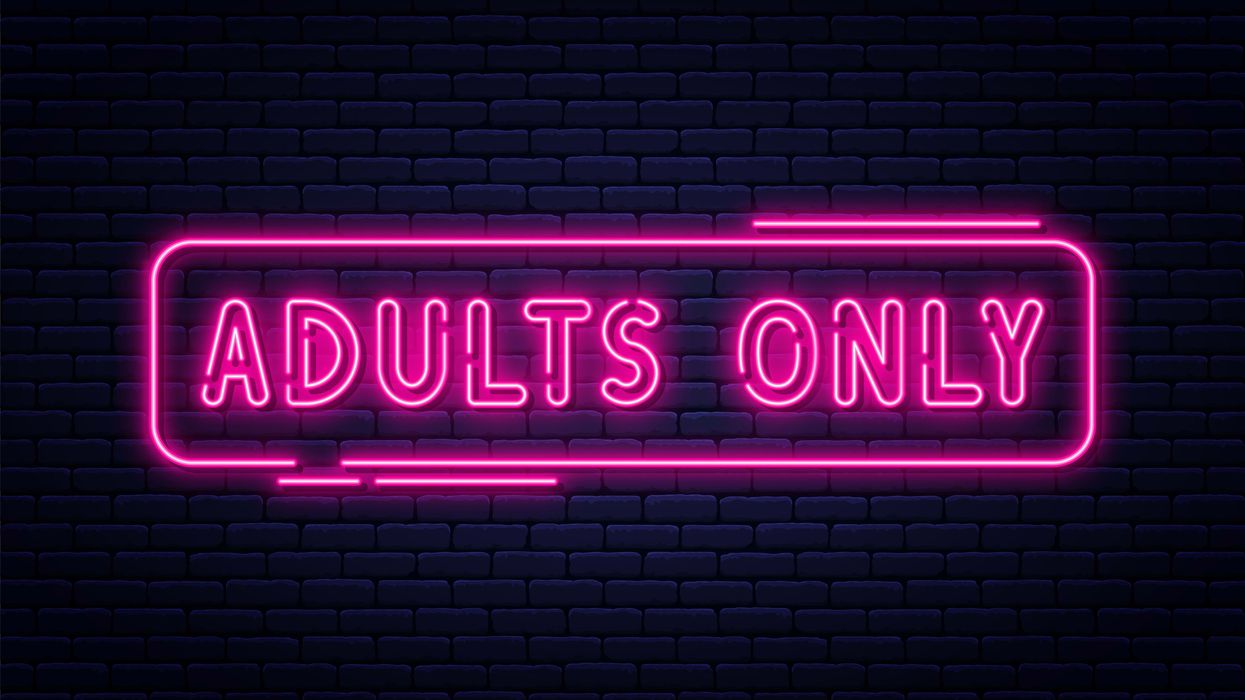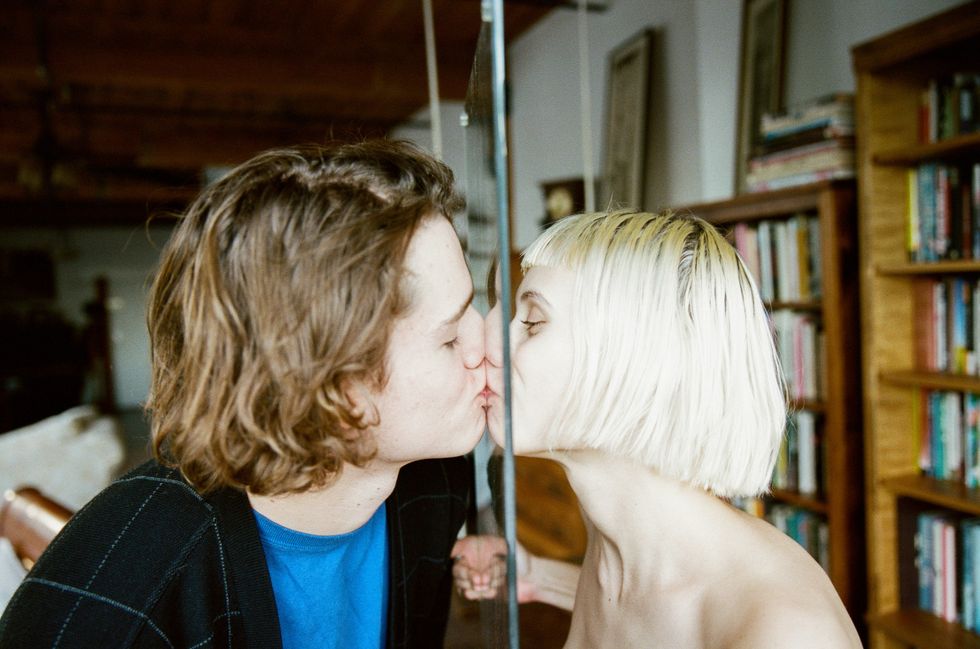By Shawn Gold, Founder PilgrimSoul.com
For decades, popular assumptions painted psychedelics in a bad and dangerous light.
Not even research from a leading UK government scientist ranking LSD and psilocybin 20 positions below alcohol on a list of the most dangerous drugs could sway public opinion or policy.
Still, artists and musicians and even Nobel Prize winning scientists like Richard Feynman have persisted with the idea that psychedelics can be instrumental in unlocking their creativity and influencing their subsequent work.
Psychedelics have continually sparked subversive, unconventional, and innovative pieces of creative work that still leave a lasting impression today.
Music is one of the easiest examples. For instance, The Beatles’ Revolver, dubbed their ‘acid album’, provided a breakthrough in music composition through the use of tape looping, modified speeds, and reversed vocals and instrumentals.
Since then, the idea of psychedelic use for work has found its way to Silicon Valley, where the act of ingesting small amounts of psychedelics is a known “productivity hack.”
After comments by Bill Gates and Steve Jobs about their use of psychedelics, the stigma began to fade. In its place we are seeing new research aimed at proving the positive benefits of these substances – such as cannabis, psilocybin, and mescaline – on creativity and productivity.
What is creativity?
While the concept of creativity is abstract, it is ultimately the use of imagination and original ideas to make something out of nothing, or to add new ideas to old things.
Mostly everything, if not everything, on this earth (and in space) is a direct result of somebody’s creativity.
Everyone is filled with infinite ideas, all of which are sparked by some form of creativity. And as elusive as creativity may be, science has found a way to quantify and measure it.
Emerging science on psychedelics and creativity
The stories rumoring the benefits of psychedelics on creativity may no longer just be stories. Scientific research may soon be able to definitively say that psychedelics can result in a direct increase of creativity.
Psychedelics, when commonly ingested, either over-stimulate or suppress the neurotransmitters they most resemble, causing a range of sensations from euphoria to hallucinations. It is in part due to this temporary chemical imbalance that scientists believe psychedelics help enhance creative output.
A study on psilocybin, commonly known as magic mushrooms, found that the psychedelic not just disrupted but enhanced participants’ associative thinking skills, allowing their brains to free associate.
Participants found connections between objects or ideas they normally would have not made, a phenomenon otherwise known as lateral thinking.
The increase in lateral thinking is in part why people often feel that they are “thinking outside of the box” when on psychedelics.
The link of lateral thinking to psychedelics was further solidified when another study found an increase in divergent idea generation.
In a short period of time, participants were able to come up with more original ideas and specific solutions to problems.
This seems to suggest that psychedelics may aid in the reduction of self-doubt and inhibitions which allows for a sense of openness with the self, promoting the flow of ideas.
The use of psilocybin also increases ideas through the creation of new synapses. The creation of new synapses allows for new connections to be made between sections of your brain that normally would not interact, boosting creativity and idea generation.
The creation of new synapses is commonly accredited to the flood of visuals and ideas that users get on psychedelics.
Bad trips, responsible use, and finding your groove
However, it is important to note that using psychedelics for creativity does not mean all your ideas will be good, as there are instances of bad trips, but that's not the point. The point is to produce ideas. It is better to have ten ideas than two really inhibited ones.
Psychedelics are proving to offer many benefits, but consumers must continue to be responsible with their usage.
It is particularly important to be mindful of the immediate environment as well as the amount being taken. What’s more, it is important to experiment to understand one’s own comfortability and limits.
Reflections on dosing
“Micro-dosing” is quickly becoming a popular method of psychedelic usage, especially in Silicon Valley, as it promotes productivity throughout the day.
By “micro-dosing,” users take just enough to reap the creative benefits of psychedelics, but not enough to fully hallucinate, see visuals, or impair their day.
So, if you’re a professional who’s worried about functionality while at work, “micro-dosing” might be the route for you.
Another method is commonly known as “self-dosing,” which is when users begin at a lower dosage and work their way up, depending on their level of comfort.
“Self-dosing” usually results in a larger dosage intake and as a result, more intense visuals and hallucinations. This technique is primarily used by artists and other creative people as it may be a way of further boosting their creative work.
Regardless of your preferred method, when used safely and properly, psychedelics can be the key to unleashing a wide range of creativity.
Are you still missing out on The Bluntness newsletter? Sign Up today to stay in the loop.
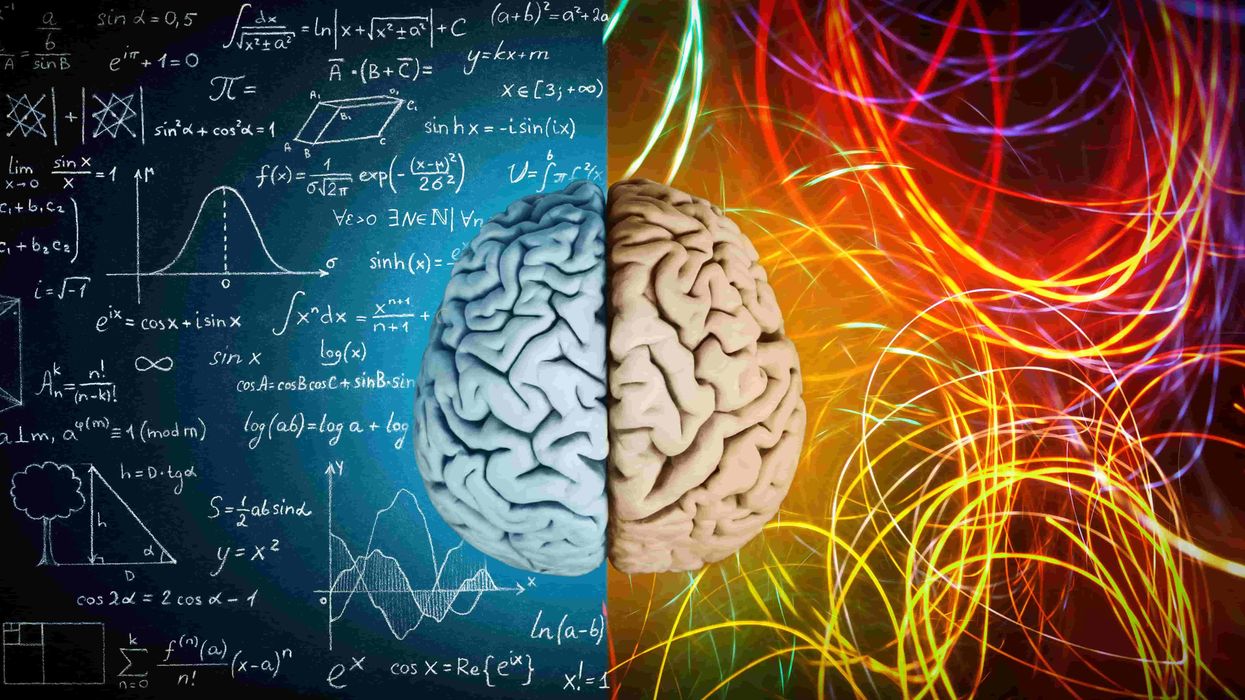

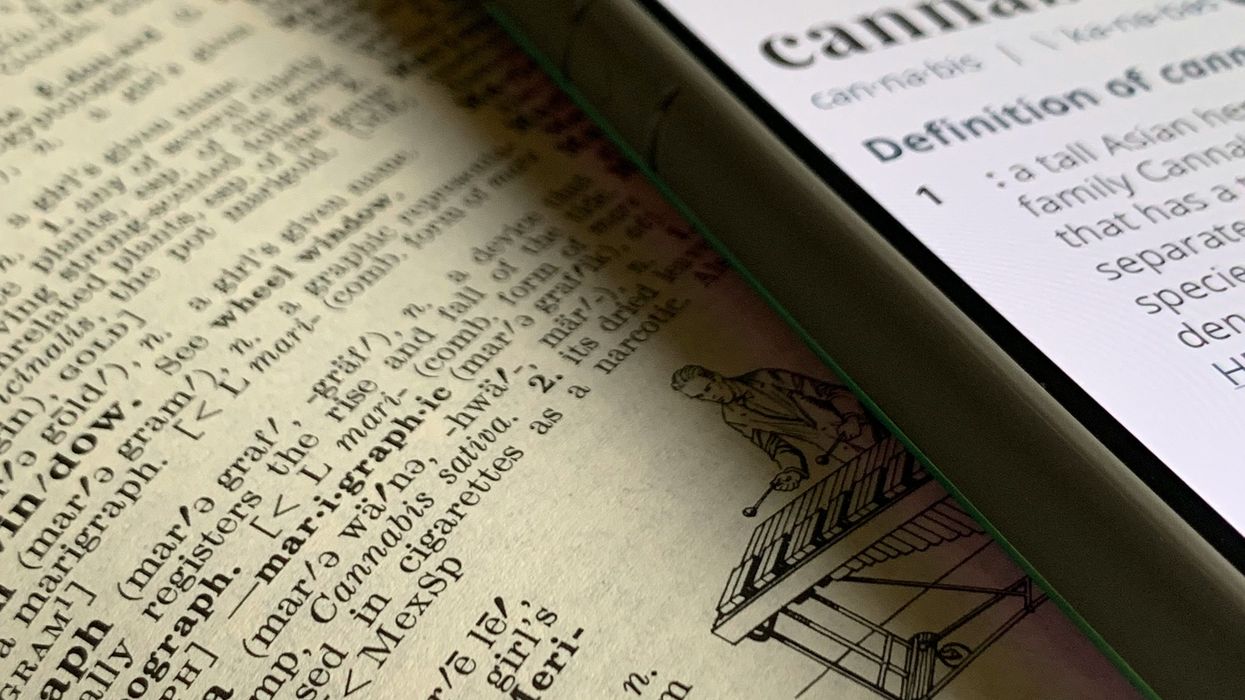
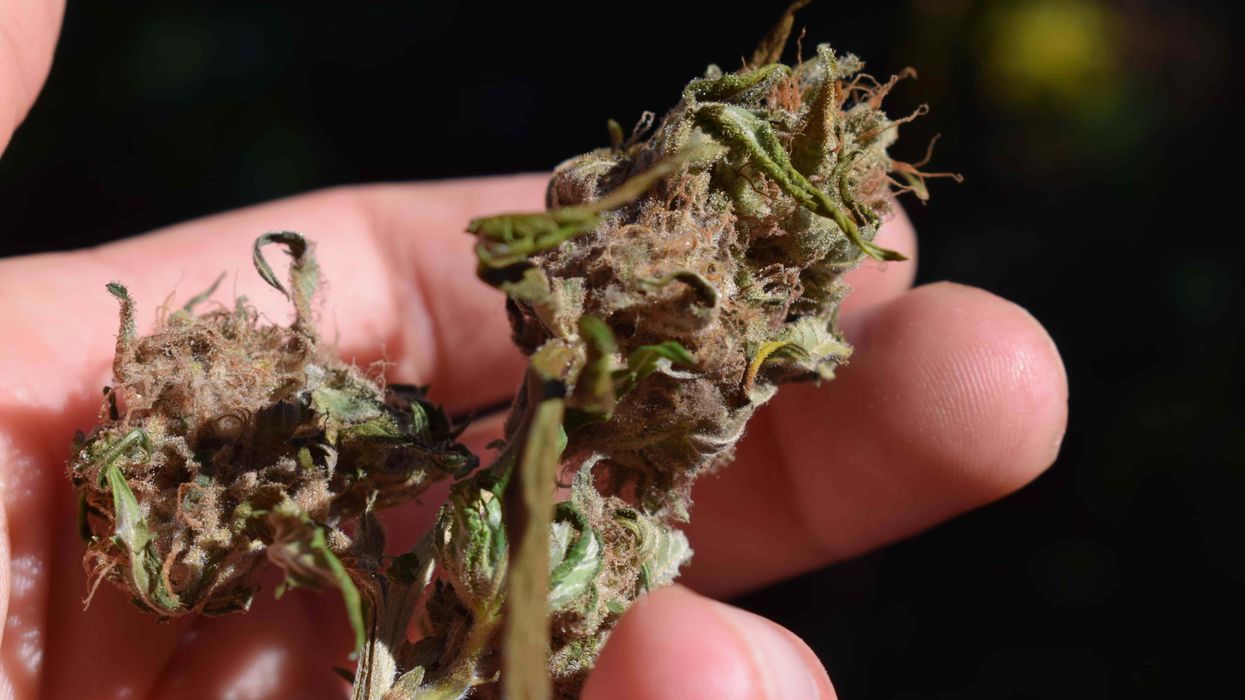
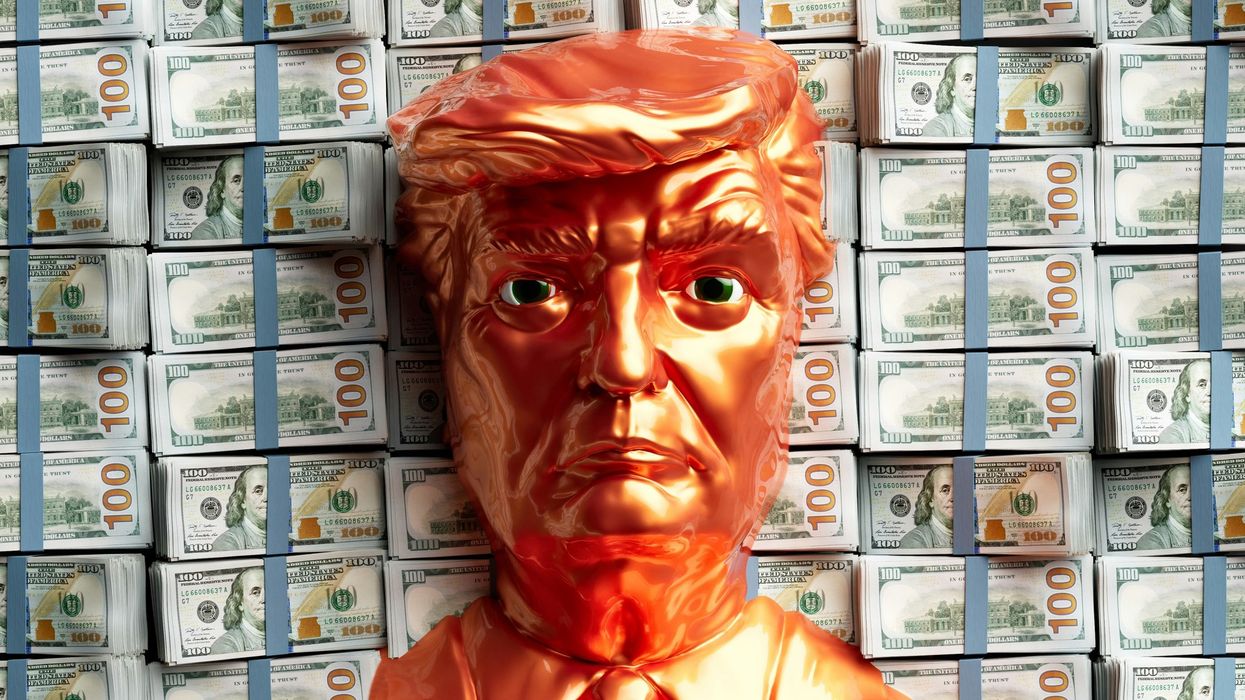
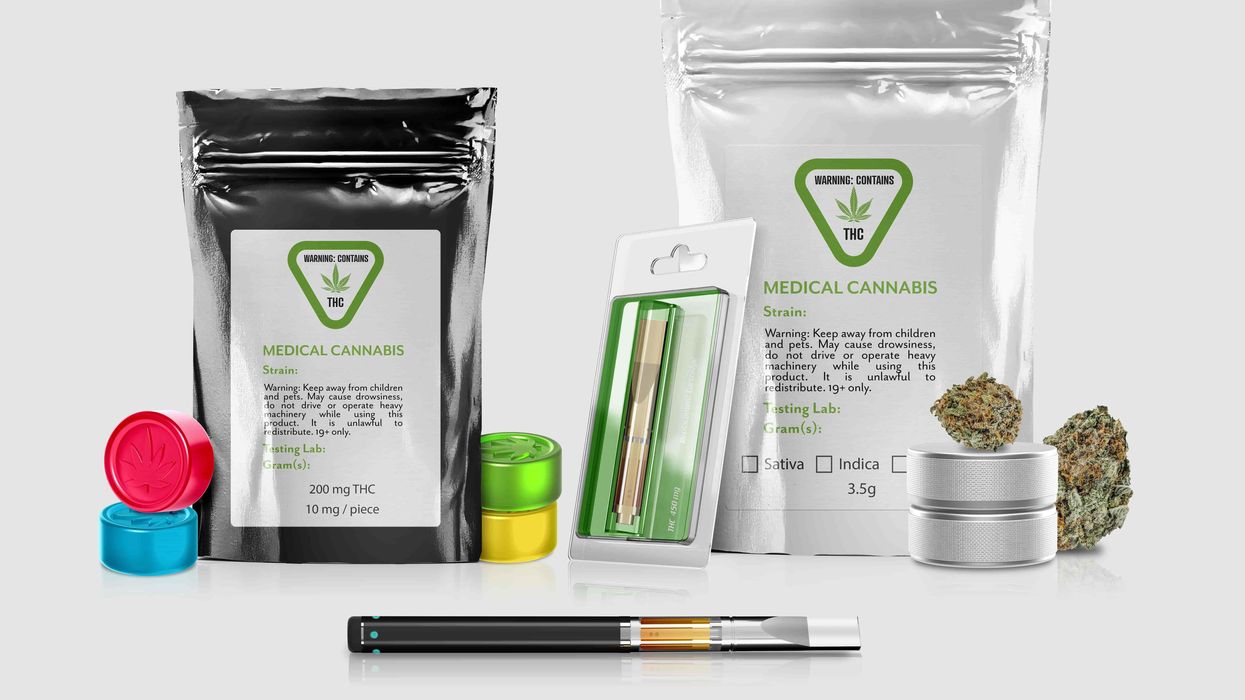
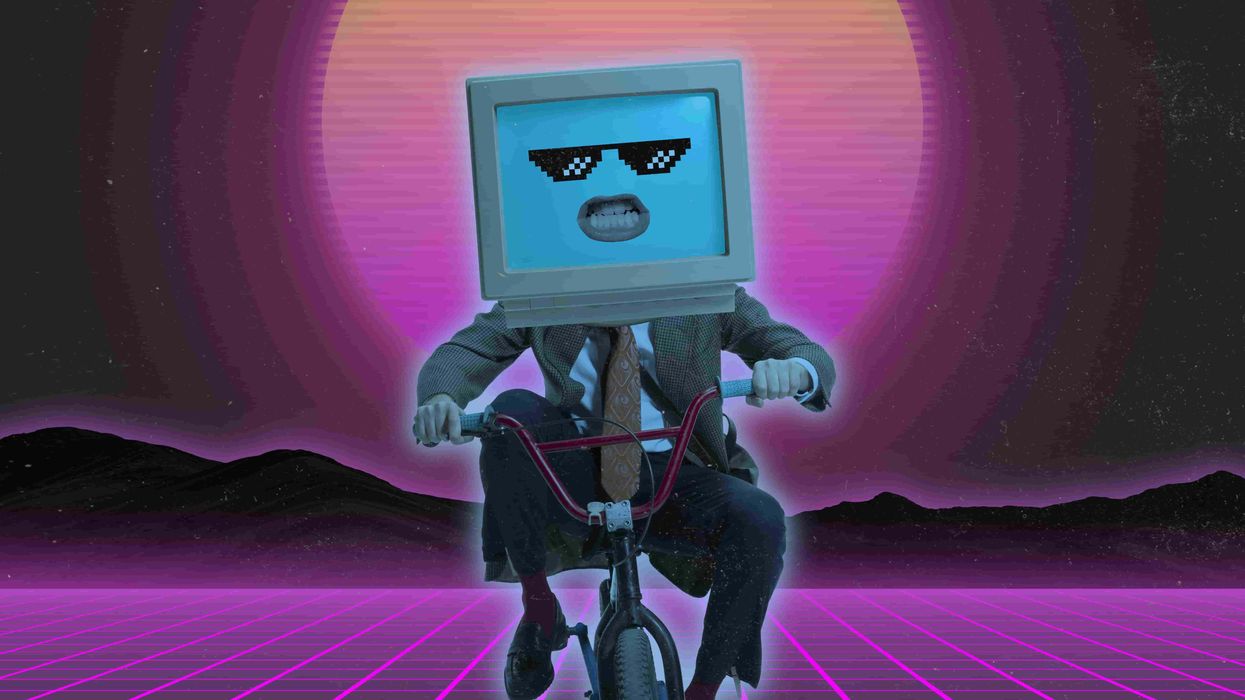
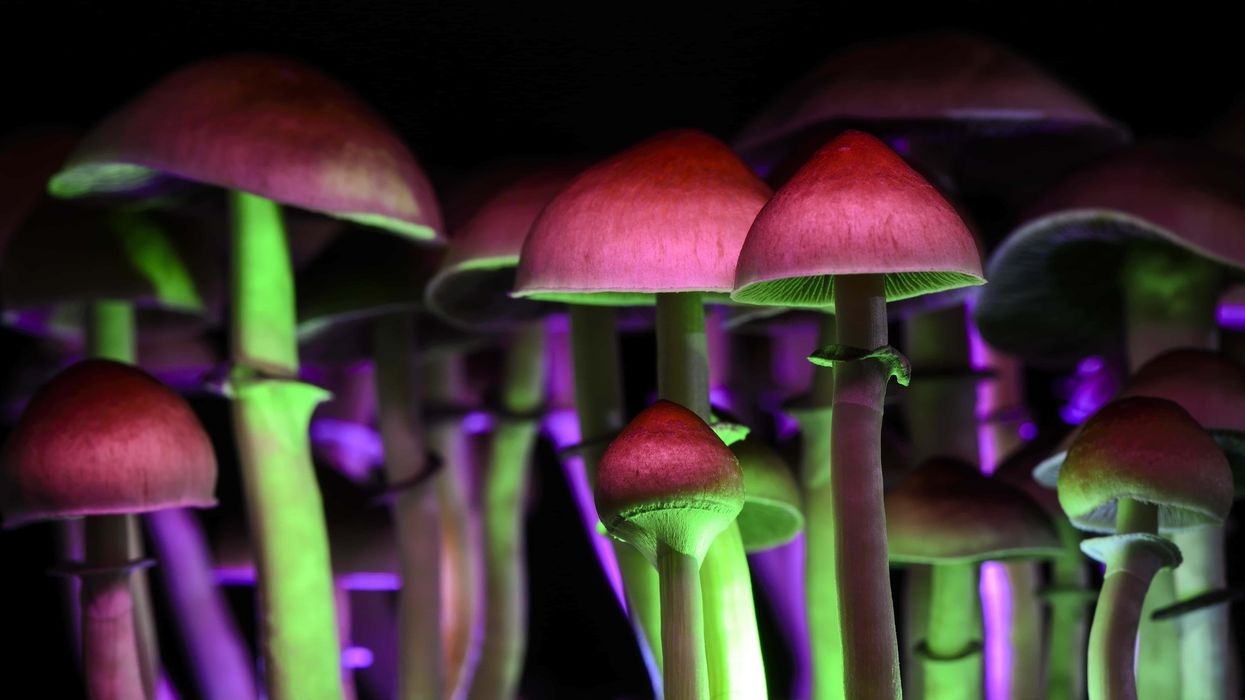

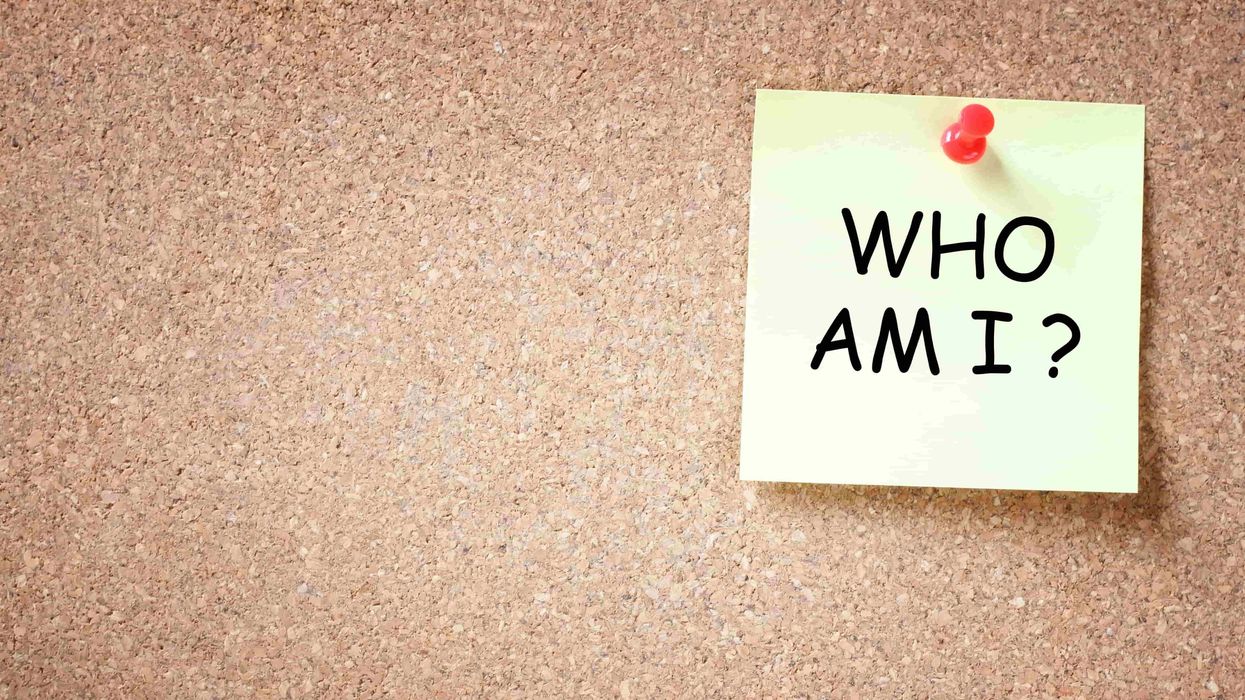
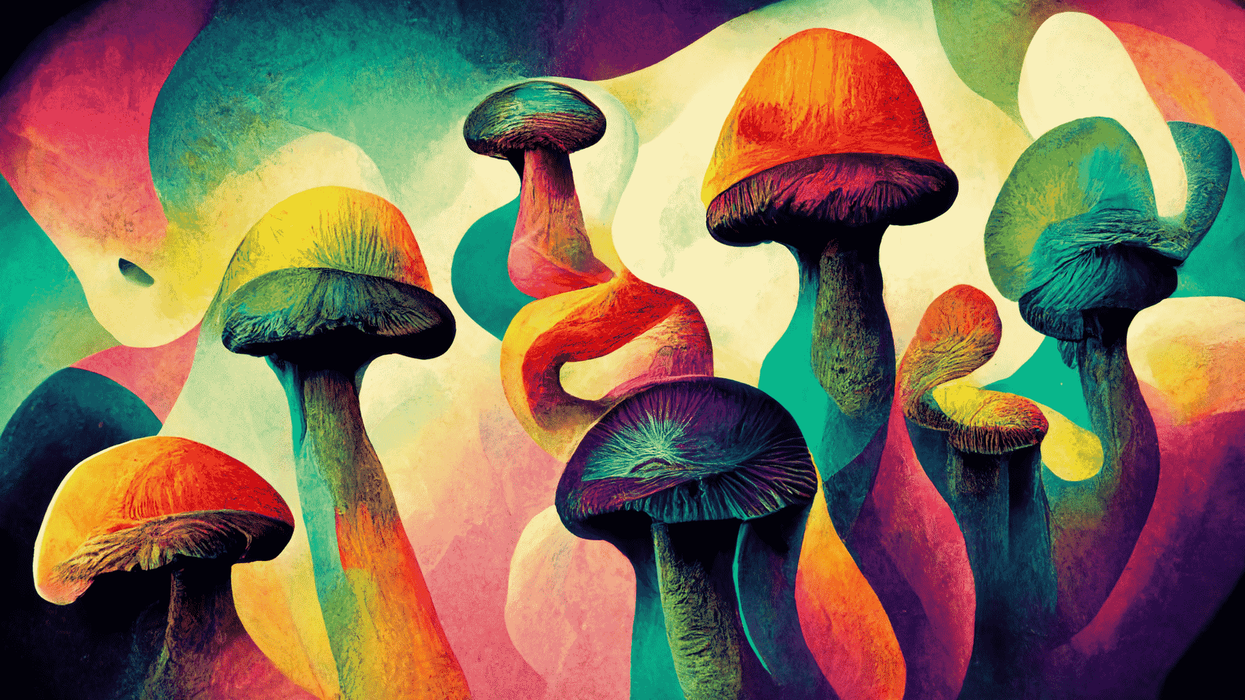
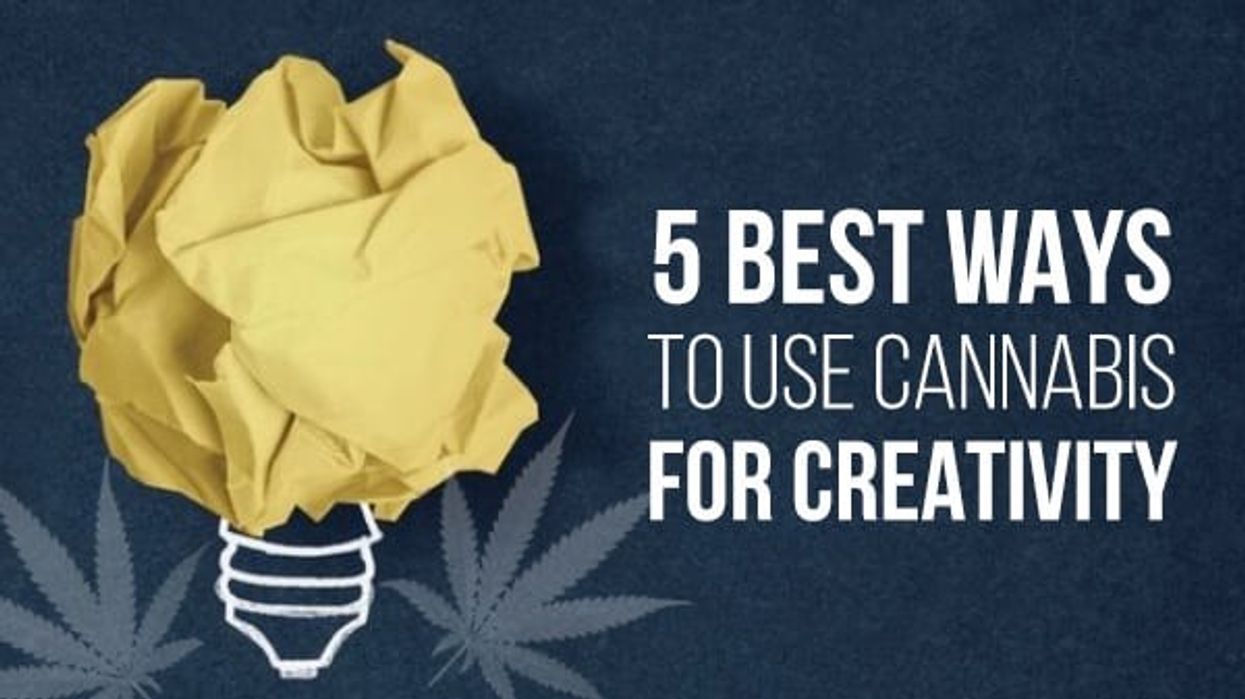
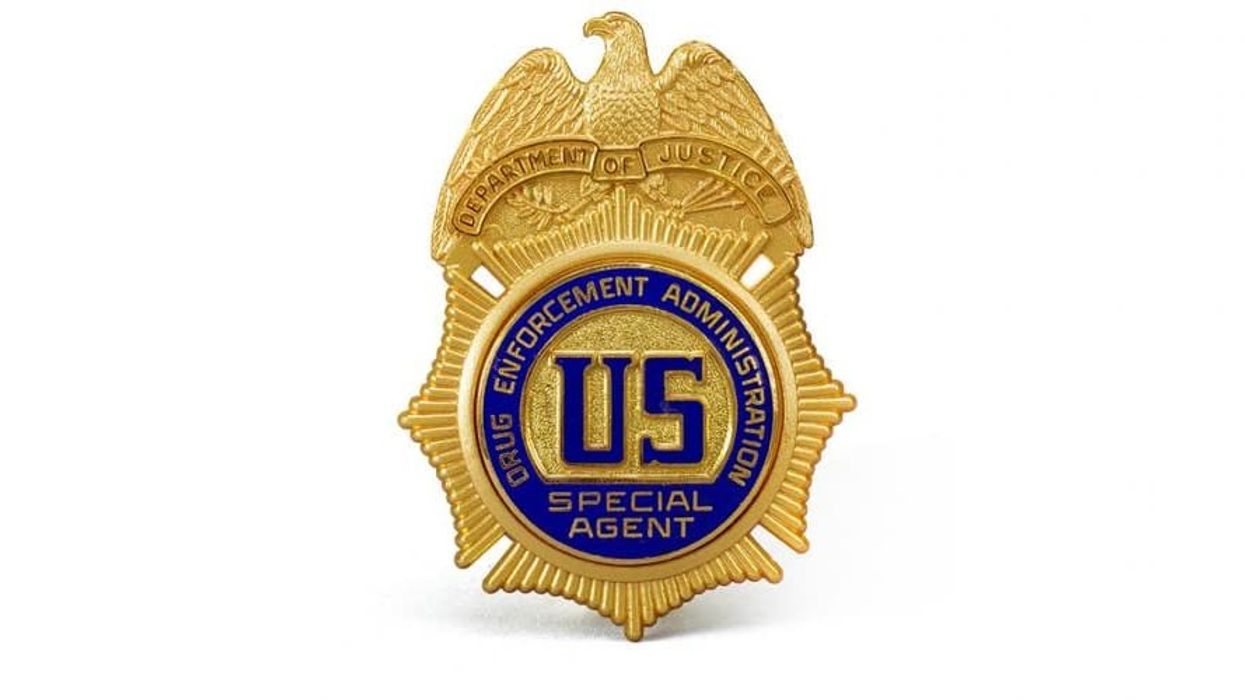
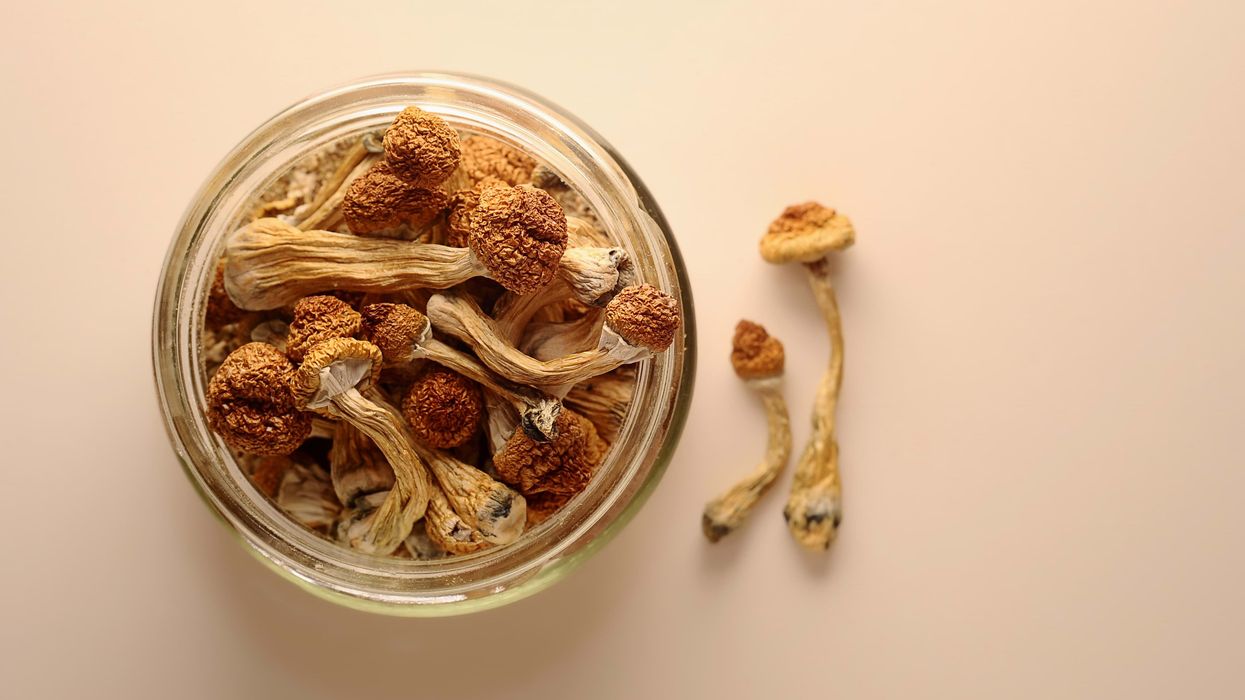

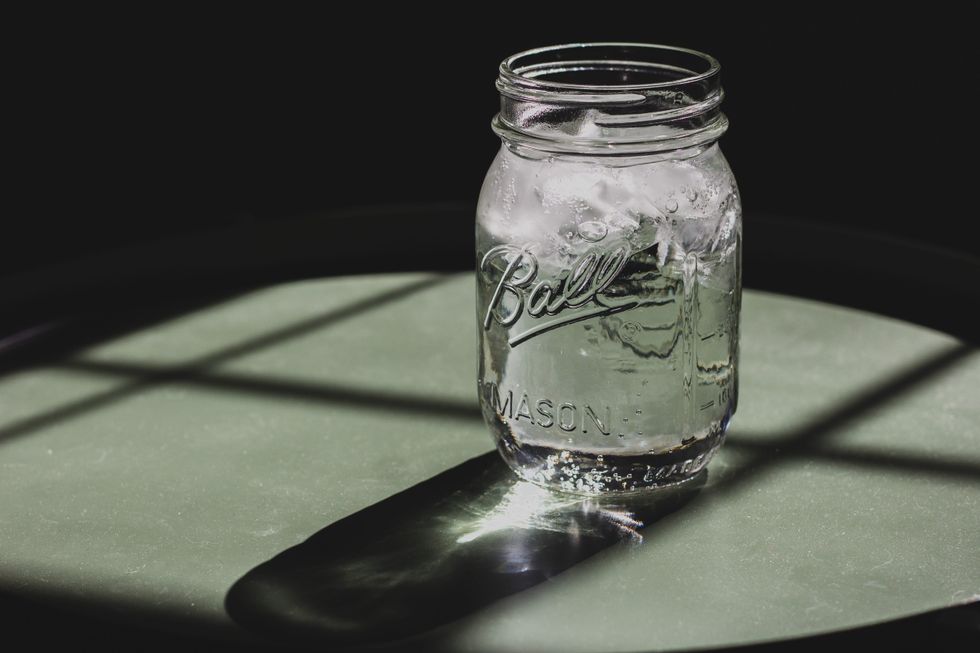 How to Store Magic Mushrooms
How to Store Magic Mushrooms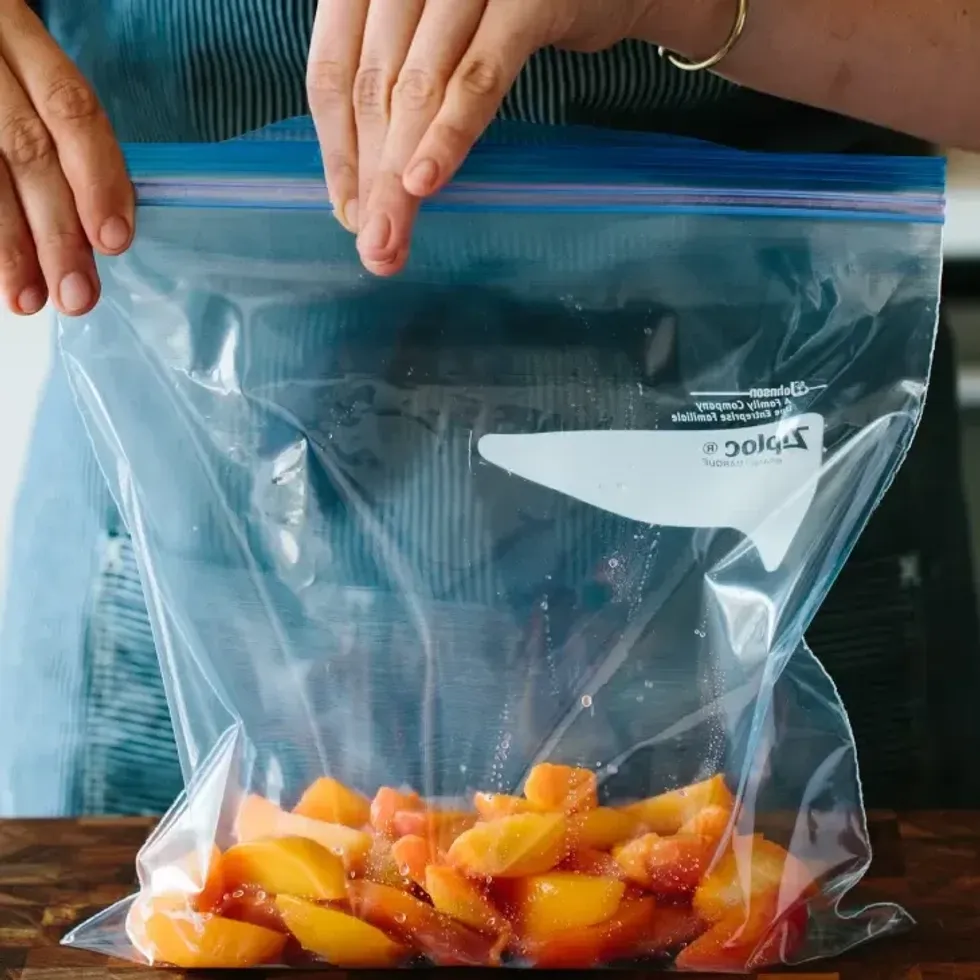 How to Store Magic Mushrooms
How to Store Magic Mushrooms How to Store Magic Mushrooms
How to Store Magic Mushrooms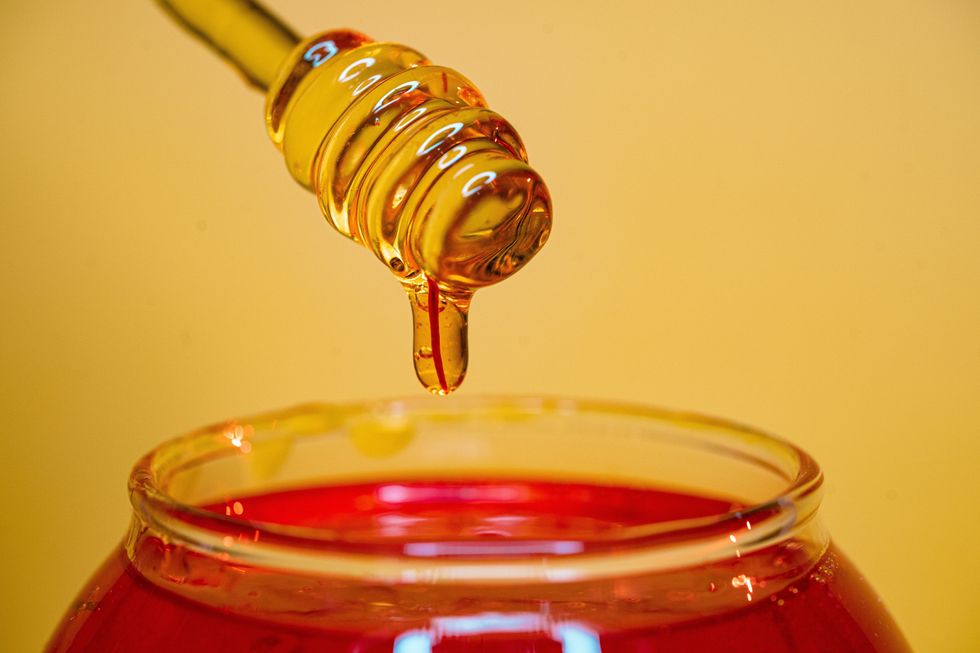 How to Store Magic Mushrooms
How to Store Magic Mushrooms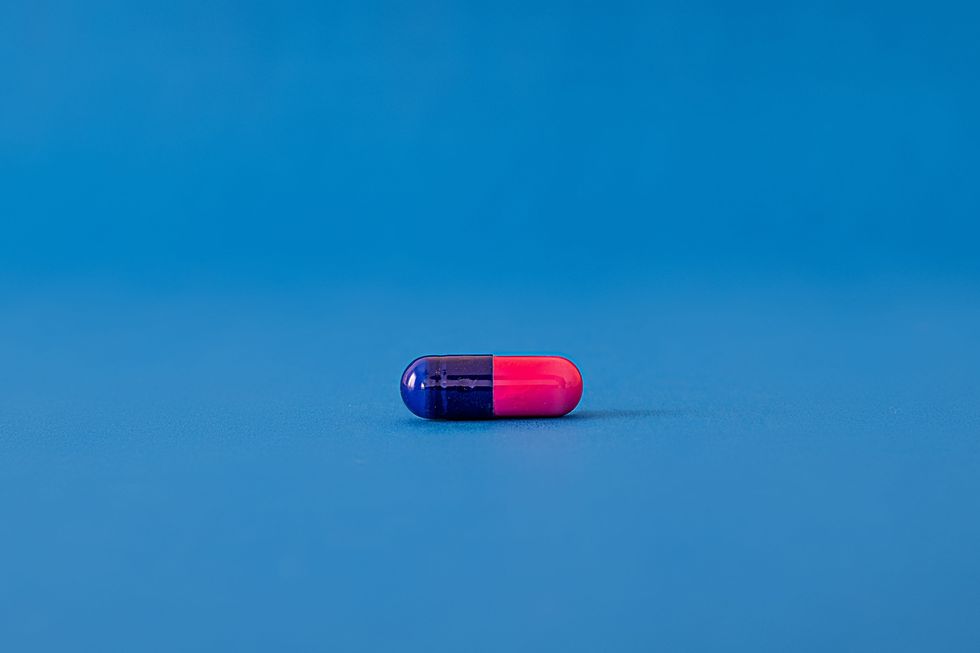 How to Store Magic Mushrooms
How to Store Magic Mushrooms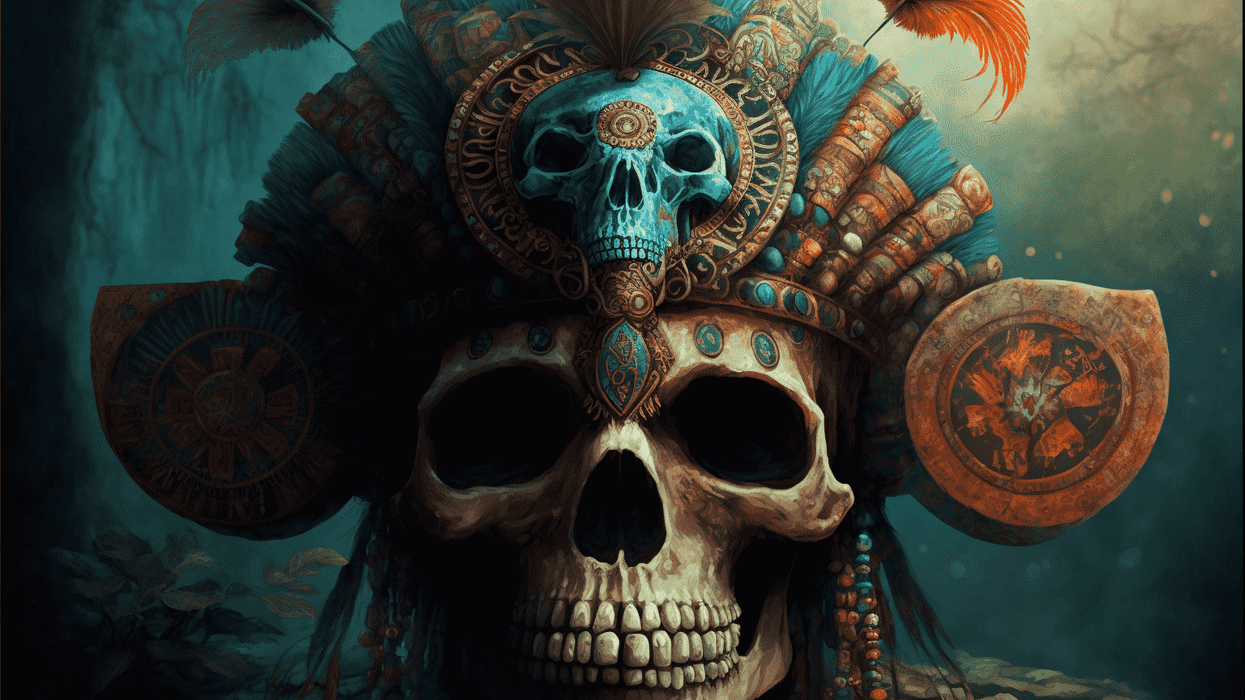
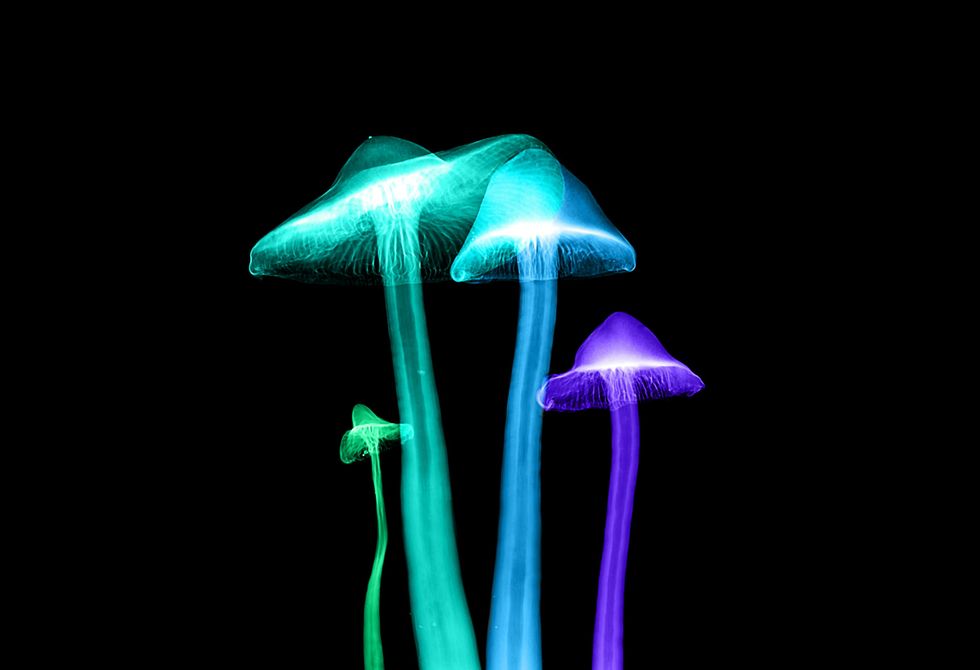 Introduction to Psychoactive Mushrooms: The Aztec God Strain - The Bluntness
Photo by
Introduction to Psychoactive Mushrooms: The Aztec God Strain - The Bluntness
Photo by 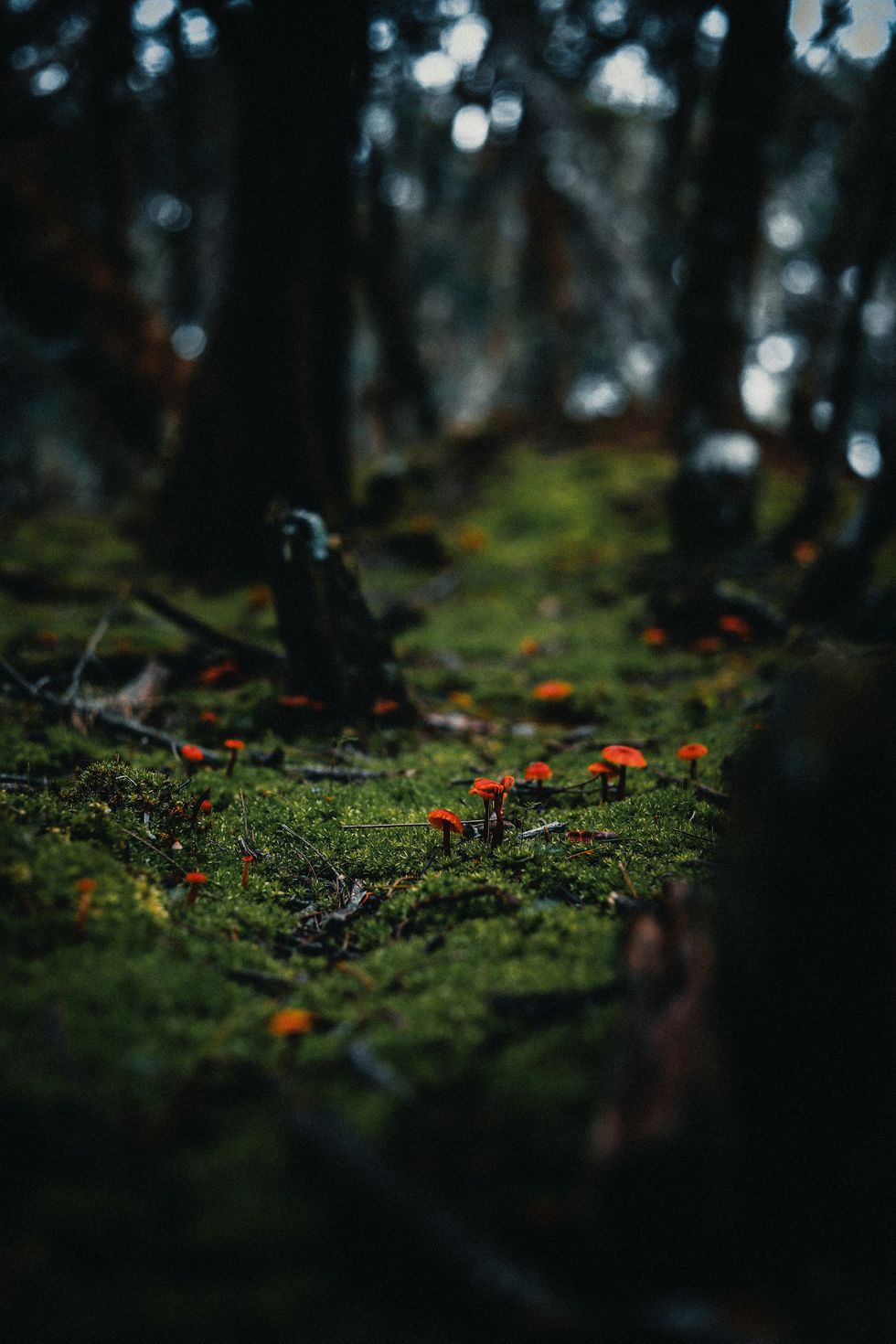 Introduction to Psychoactive Mushrooms: The Aztec God Strain - The Bluntness
Photo by
Introduction to Psychoactive Mushrooms: The Aztec God Strain - The Bluntness
Photo by 